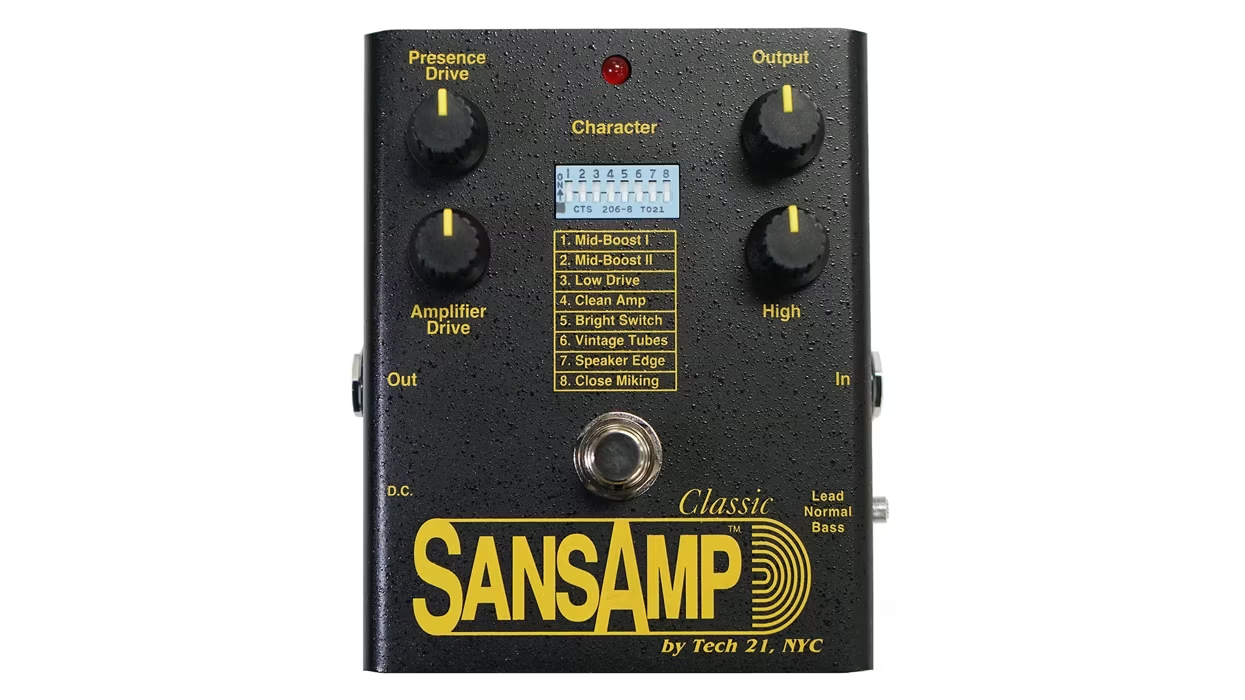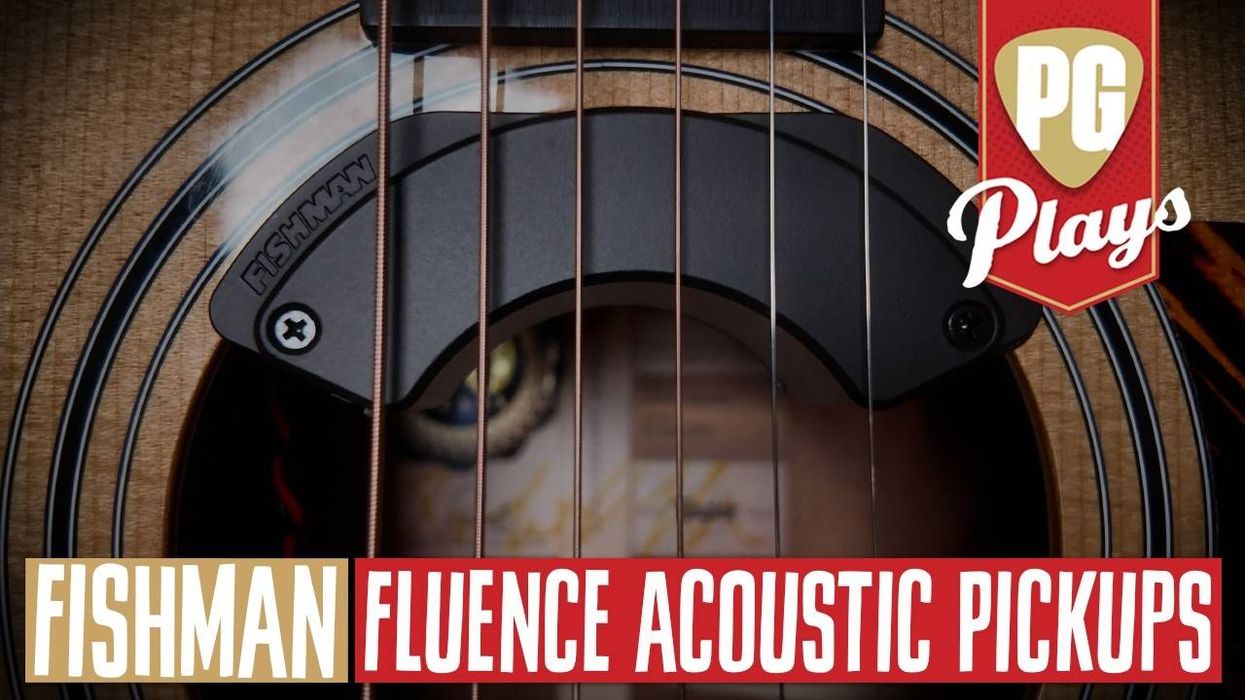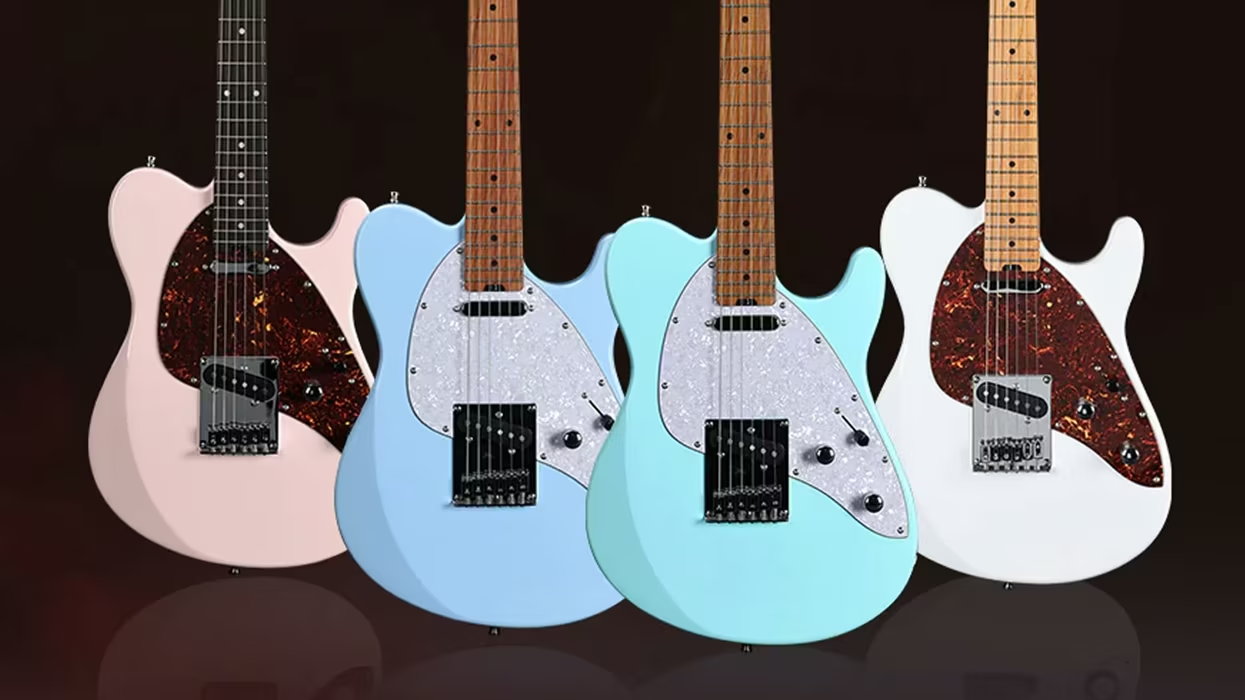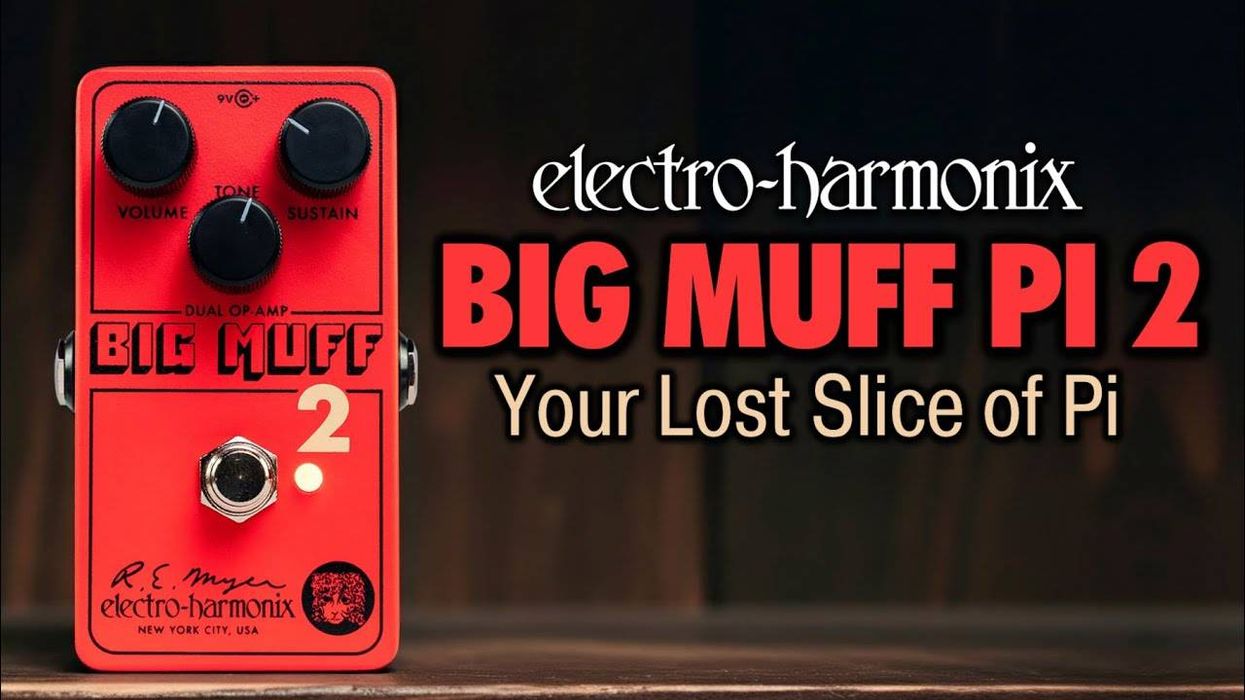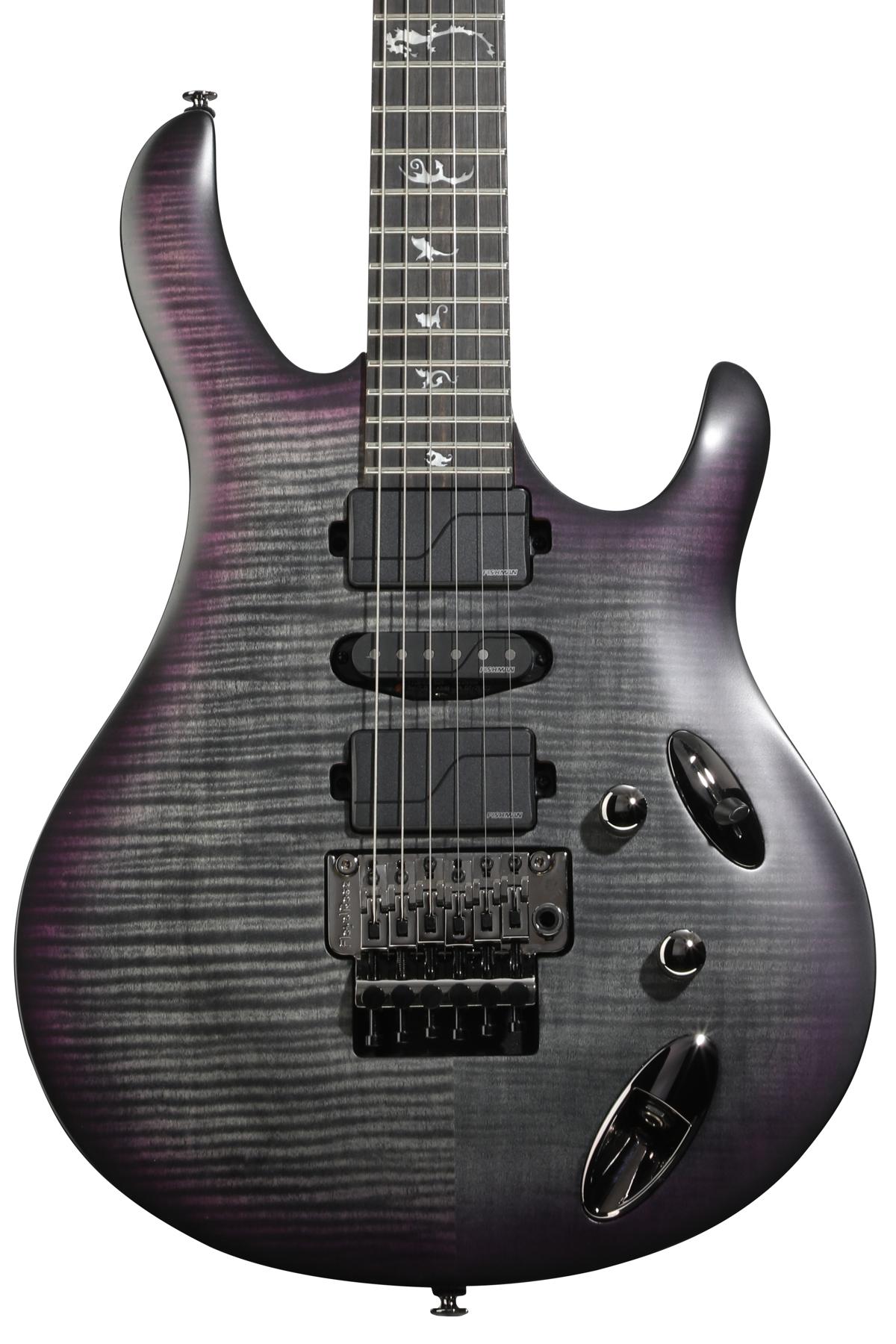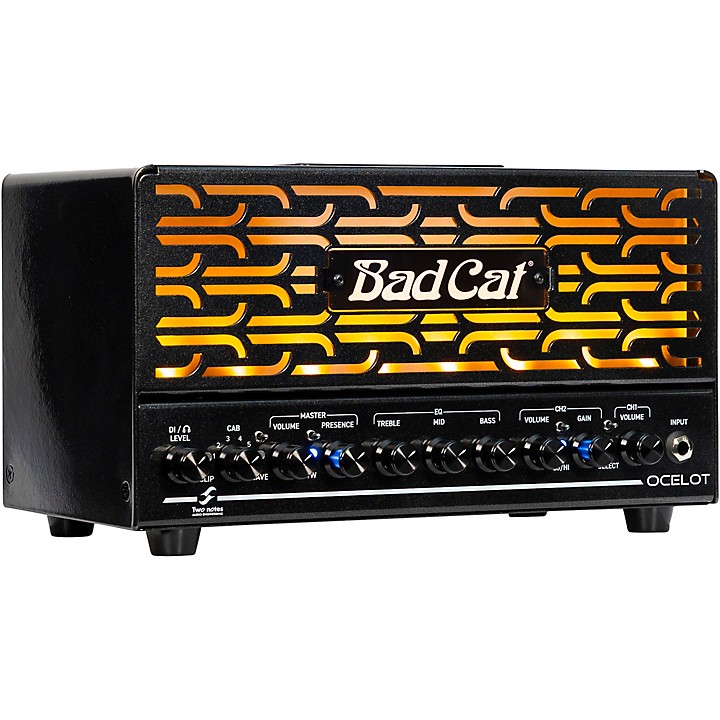Darren Glover may be the luckiest guitarist currently stalking the dream of rock supremacy. Propelled by Glover’s cutthroat approach to blues-rock guitar, his band, Flash Lightnin’, was seemingly hand-delivered by the music industry from humble beginnings playing boogie-rock covers at a Toronto dive bar. The band has graduated to opening for major acts touring the Great White North, including ZZ Top, whose songs the group used to cover. Flash Lightnin’ has released a pair of albums, including the recent For the Sinners, which was written in the rarefied air of Rancho De La Luna, the Joshua Tree, California, recording studio that spawned some of the best rock albums of the past 20 years.
A consummate student of anything great bled from the combination of a ’burst and a Marshall, Glover has successfully melded vintage tradition and modern style. While the band has yet to break stateside, Glover may well be your next favorite player.
How did Flash Lightnin’ come to be?
We were essentially born out of a bar up in Toronto. We formed because I wanted to play old ZZ Top, Fleetwood Mac, and Humble Pie. It started as a weekly gig, and it wasn’t long before the place was full of people into what we did. The funny thing is, not a lot of people knew that we were actually playing ZZ Top covers. They thought we wrote the music, which was kind of awesome. The business gravitated towards us, and we eventually made an EP of originals and hit the road. But we never set out to do that. We just wanted a place to go once a week to drink tequila and play boogie music.
Anything can happen in this industry.
True! Really, you gotta play what you love—that’s what it comes down to. Whatever you want the guitar to do, you just have to do a lot of it and not stop. Obviously, we didn’t totally stick with the original idea of “let’s just play boogie music,” but it’s a massive part of our sound. We’ve written so many genres and styles into our music, but still, the format always seems to stay rooted in that boogie-rock lineage.
Darren Glover's Gear
Guitars
Custom 1959 Les Paul Standard replica (live)
Bartlett Retrospec (live)
1955 Les Paul Jr. (studio)
Amps
Vintage Bernie 20-watt combo
Tex Amps Bernie reproduction
Effects
None (live)
Strings and Picks
Dunlop Reverend Willy’s Mexican Lottery (.07–.038)
You wrote a lot of the new album at Rancho
De La Luna.
We toured with the Eagles of Death Metal across Canada. On the first day, Dave Catching heard our soundcheck and showed up in our dressing room to introduce himself. We had all vintage gear: my ’70 100-watt Marshall and my Les Paul, old Ludwigs, and an old P-bass—the classic setup. He was like “Holy shit! What are you guys playing?” We became friends, reinforced by our mutual love of ZZ Top. At the end of the tour he was like, “Come down to Rancho De La Luna and record any time you want!”
What is it about that place that people find so inspirational?
It feels like you’re in an apocalyptic movie at the end of civilization, and you’re on the outskirts—it looks like you’re on the moon! The way those guys on the compound live and the what they do there is just so undeniably badass! You walk along the grounds and you’re like, “I’ve seen that in a photo. I know that truck from a video. I’ve seen this guitar on an album.” You just already know the history of the place from Queens [of the Stone Age], Kyuss, Earthlings, and Dave’s work. The experience changed me as a musician. It left me with my tail between my legs. I realized how many more possibilities there are and how much you really have to tread new ground. I went there with so much of the past on my sleeve, and I left there understanding that you have to be yourself. You have to find your own thing, which is very difficult, especially when you’re so wrapped up in vintage albums and stories and the lineage of rock ’n’ roll. Dave really woke me up to different guitar sounds. As soon as you work with Dave, you see where all of those sounds come from and why all of those records sound so incredible.
Darren Glover won’t name his “ghost builder,” but he had this Les Paul replica made to his
personal specification with handpicked tonewoods.
What gear did you use to record you new album, For the Sinners?
We had old Marshalls, Komets, vintage tweeds, Deizels, Reinhardts—just so many amps—and we ended up tracking almost everything with this secret little amp called a Bernie. This guy named Bernie [Raunig] made like 10 or 12 of these amps and then just faded into obscurity. He made them out of Bell and Howell film projectors that he took apart and made his own special circuit. Our producer just happened to have one of them. We were looking for something just more blown-up and different-sounding, and it came down to this 1955 Les Paul Jr. with monster strings plugged into that Bernie amp, miked with an SM-57. That is pretty much the entire album.
Wow—it sounds like there’s more going on than one guitar and one amp!
Totally. It’s in the hands, right? It’s how you instruct the guitar. There are two solos that have a flanger or a phaser, but other than that, there just a couple of underlying parts done with a Bartlett Retrospec guitar through a Komet amp—which is unbelievable.
What was it about that Les Paul Jr. that spoke to you?
Well, the P-90 is a flamethrower of tone. It’s just the devil! It’s like a PAF on steroids that’s grabbing the entire signal and cramming it down the cable into the amp. I normally just use my sunburst Les Paul with PAFs, and they’re great when you’re playing big and loud because they don’t have the hum of the P-90. P-90s are difficult to use at rock ’n’ roll volume, unless you’re Leslie West and you know how to do it. However, there’s just something about that slab of mahogany and those big necks, and even the wraparound bridge—they’re just so simple. I think I used .013s for the recording. It was a forearm-breaking experience, but it added a lot to the sound. It was impossible to get through one song in one take.
It must have been intense to play such athletic riffs in standard tuning with strings that heavy!
Yeah. It’s weird, because I actually use very light strings on my Les Paul when I play live, but the studio is a whole different application, at least for this particular album. It was one of the most difficult ways of playing, but that’s how I had to do it to get that sound.
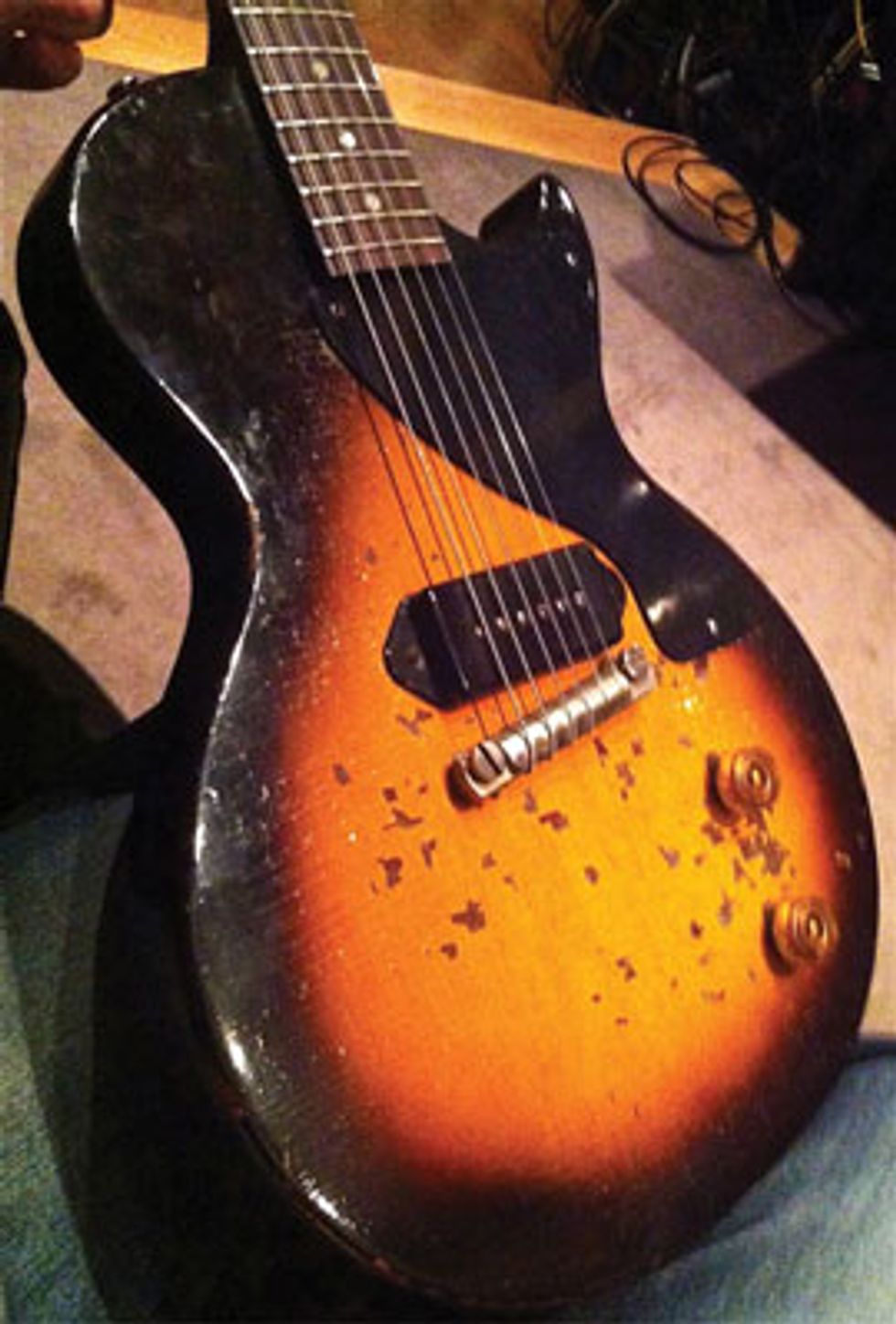
Glover's main studio axe—a 1955 Gibson Les Paul Jr that's always equipped with Gibbons-approved
light strings.
Lighten Up! String Advice from the Reverend
Of all the lessons Darren Glover gleaned from hero-turned-mentor Billy Gibbons, the advice on string gauges wound up having the biggest impact.
“He turned me on to light guitar strings, which was a big game-changer for me because I’ve always battled the big strings,” says Glover. “When you play light strings, it’s obviously easier, and that allows you to focus on the audience and the music. With heavy strings, I would just get internal. Light strings made it easier to relax and be present in the moment. You have to relax and play light with them, but you’d be amazed at the difference. You can get the same big tones with the lighter strings, but you can just let the guitar work. You just have to adjust your amp a little to fatten things up, but once you do, it sounds exactly the same, and you’ve got the power!
“I’ve been playing a long time, and it was so awesome to have this freedom all of a sudden. I wouldn’t have trusted the advice, but with Billy Gibbons standing there going, ‘Trust me, dude,” and saying things like, ‘Hendrix used these. Jimmy Page uses these’—well, the guy who knows these guys is essentially paying it forward and saying ‘This is what we do.’ You absolutely go, ‘Oh. Okay!’ They’re not for everyone, but for me, they work really well.”
The Bernie sounds like a low-wattage amp being run at its melting point.
Oh yeah, it’s 100% grind. A friend of mine in Toronto reverse-engineered the Bernie circuit and makes them under the name Tex Amps, so if you want the Bernie sound, you can get the Tex, but you will probably never find another Bernie. You put that guitar and amp in another person’s hands, though, and it’s going to sound completely different.
“It feels like you’re in an apocalyptic movie at the end of civilization, and you’re on the outskirts—
it looks like you’re on the moon!”
What are you using live these days?
I’ve been using a guitar made by a builder named Tom Bartlett called a Retrospec. It’s along the lines of a ’50s ’burst Les Paul. It’s one of the best guitars on this planet, hands down. He uses all old-growth woods, which makes a massive difference in resonance. The old wood power-punches the sound, and these guitars are twice as loud as most modern Les Paul-style guitars, with a unique resonant quality. It’s usually just that, a cable, and a Marshall-style amp—whatever backline is available—with everything turned on full. It fuzzes out a bit. Pedals become difficult because when you run things like I do, because there’s not a lot of room sonically for anything else.
I try to keep everything as old or vintage-spec as possible. I use old pots. I use paper-and-oil caps. I wire things simply and cleanly. I use Ox4 pickups made in England. I’ve gone through all of the PAF-style pickups and this guy, Mark Stowe, just nailed it. They’re perfect.
What’s the story on the sunburst Les Paul you’re frequently photographed with?
It’s a very special guitar built to my specs. It was custom-made by a ghost builder who shall remain nameless, but I picked all the woods. We tone-tapped them all and I chose the ones I liked, and I got to watch the whole process of the guitar being made. The neck is carved specifically for my tastes. It’s always a lottery when you do that, because you never know how a guitar is going to turn out. I could play a $500 guitar and it might sound fabulous—there’s no rhyme or reason to the whole thing.
There are guys with hundreds of guitars, and that’s fine, but I just need one. Billy Gibbons used to just play Pearly Gates. Jimmy Page used to only play Number 1. As a guitar player, you gotta get one. I know each guitar can do something different, and if you’re rich, that’s nice. But I have one. When we were on tour with ZZ Top, we played arenas night after night. If a string broke, I was f*cked [laughs].
YouTube It
Darren Glover and his band Flash Lightnin’ rock the Kool Haus on their Toronto home turf.
What was it like touring with your heroes?
Obviously, it was a dream come true. I’m not usually nervous, but I definitely was approaching the day when I had to play on the same stage as them. We’d met Billy before when they played in Toronto once. We played a little private party before one of their shows, and he came out and watched a song or two. After his show we hung out until four in the morning, just talking about Jimmy Reed and guitars. So since I’d already met him, I was a bit calmer this time around. The moment we were onstage soundchecking, he came up and introduced himself, and we were all instant friends. Once we got talking, we found that we were both Peter Green fanatics. When I was a young kid, I was really heavily into Peter Green-era Fleetwood Mac. The moment I heard ZZ Top’s first album, I was like, “Aha, I see how this all lines up!”
I also felt better because Billy told me that when his band, the Moving Sidewalks, opened for Jimi Hendrix, they played Hendrix songs in front of Jimi. We were having a drink one night, and he told me how Jimi sat on the side of the stage howling and laughing! They obviously stopped playing them, but it made me feel so much more relaxed that even he, Billy Gibbons, was such a fan of Hendrix that his band tried to cop that vibe and style. He let us know that that’s what everyone does. You’re inspired by others, and it’s okay.
Did you include any ZZ Top covers in your set on that tour?
God no! We wanted to at least soundcheck with one of their songs, just for fun, but we were too chicken-shit to do it. It just became real, you know? We hung out night after night and talked guitars and talked life. I watched him every night, and he gave me a lot of tips. I learned a vast amount. I couldn’t thank him enough for the things that he showed me. And he gave me some really big compliments! One night I played, and Billy turned and said, “Man, you have got the Beano tone,” referring to Eric Clapton’s [Bluesbreakers-era] tone. Clapton is like my top guy, so I couldn’t have asked for a bigger compliment. And to receive it from a guy who is also one of your biggest influences is pretty amazing. I think if I called it quits today, I’d be satisfied. PG



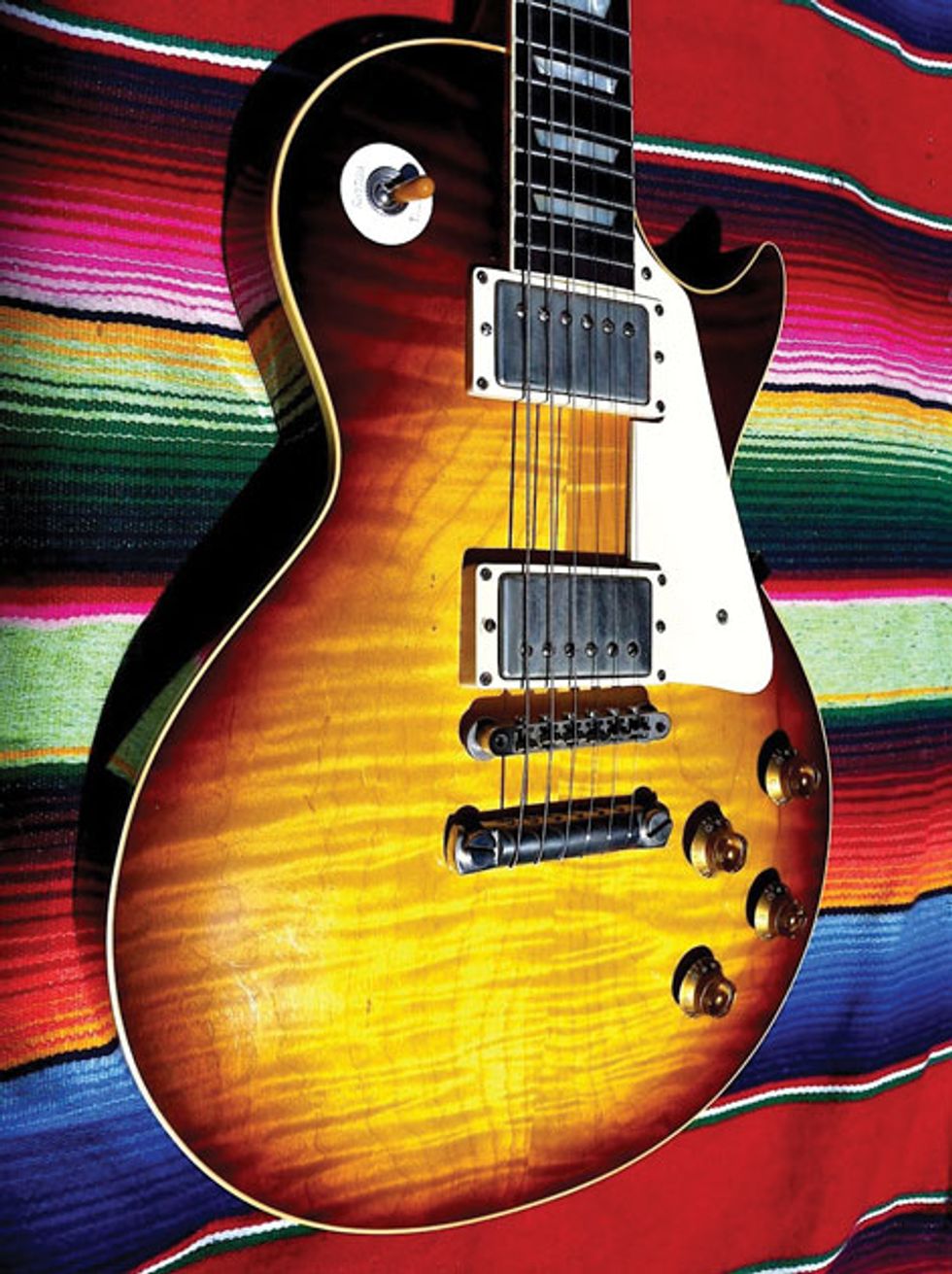
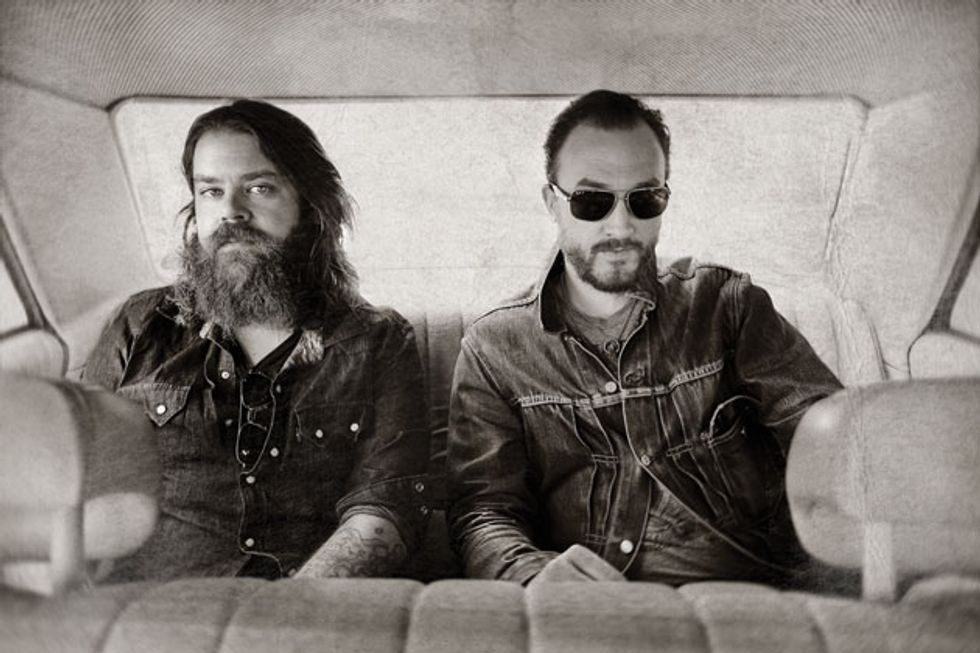




![Rig Rundown: Russian Circles’ Mike Sullivan [2025]](https://www.premierguitar.com/media-library/youtube.jpg?id=62303631&width=1245&height=700&quality=70&coordinates=0%2C0%2C0%2C0)








